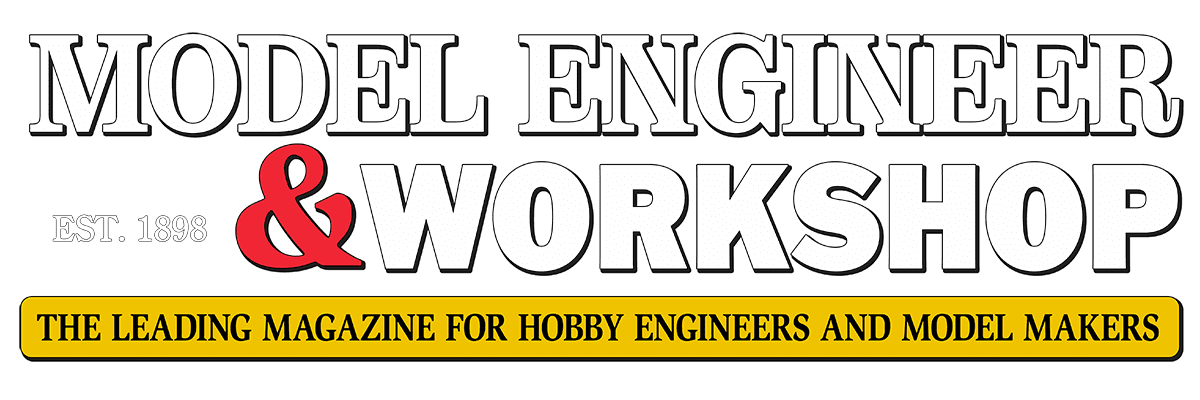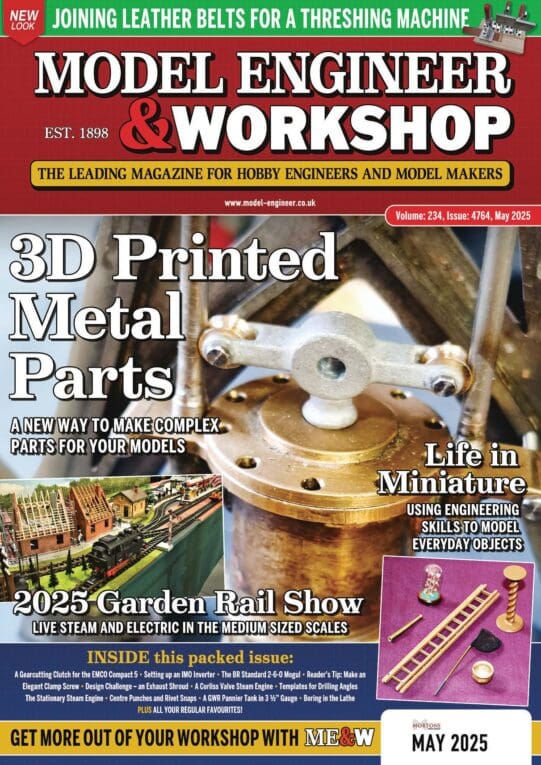Dear all,
I have just read Edgar Westburys’ notes on engine balancing and have been considering how to apply them to my 5 inch gauge locomotive. I understand that all rotating mass should be balanced opposite the crankpins by placing ballance weights opposite them on the wheels. This is quite easily done. Westbury comments that a further 50 % of the reciprocating masses (Piston, rod, crosshead and all other back-and-forth parts) should be added to the balance weights in order to attempt to cancel this back-and-forth movement. He rightly points out that this does not cancel all imbalance, as the reciprocating parts produce a varying amount of imbalance through one turn of the wheel. The reciprocating masses are not moving at top and bottom dead centre, but must accelerate and decelerate as well as change directions through one cycle. It is obvious therefore that an extra bit of weight in the balance weights will cancel this movement for only a portion of thewheel revolution, and will create an actual imbalance for the rest of the time. You are only slightly better off in other words.
I realised that the reciprocating masses can only be properly balanced by an equal reciprocating mass moving in the opposite direction at the same time. It then occured to me that many 4-cylinder locos have outside cylinders set at 180 degrees to the inside cylinders on the same frame-therefore the cylinders cancel each other out! Therefore the only extra mass that is required to be added to the balance weight is the mass of the big end of the connecting rod which is treated as rotating mass.
I wonder if anyone has any thoughts on this or knows anything about full-size practise?
Best wishes, and good surface finishes,
Stuart
Stuart Davies 3.




